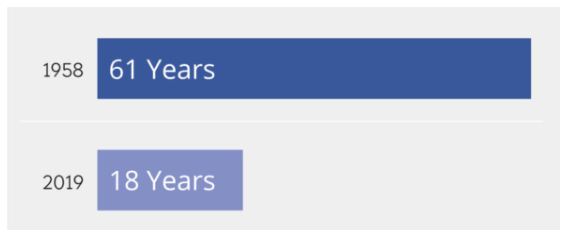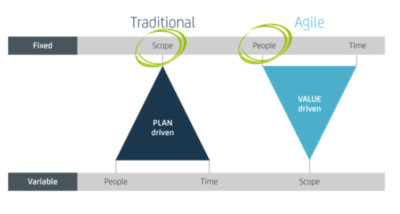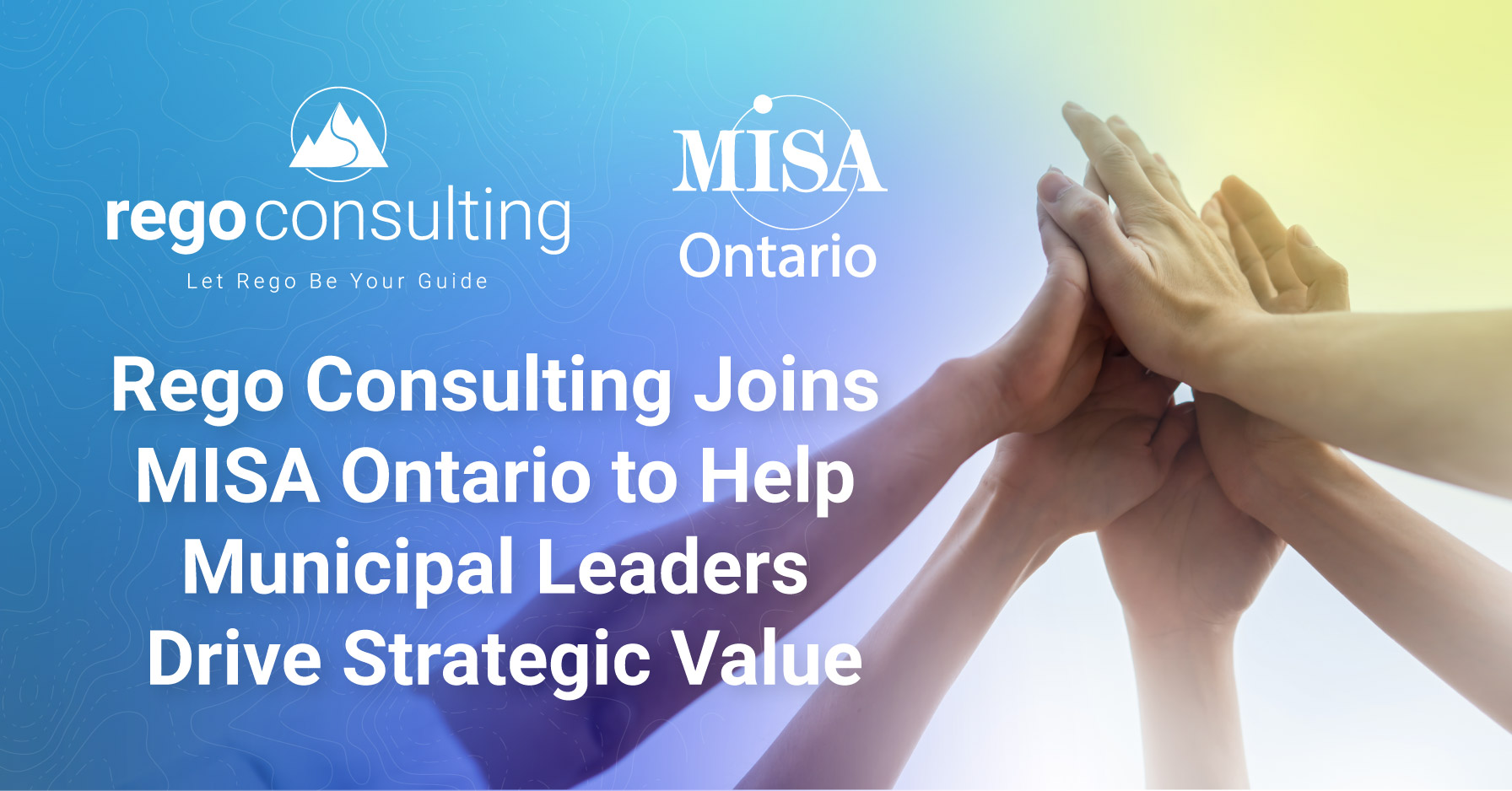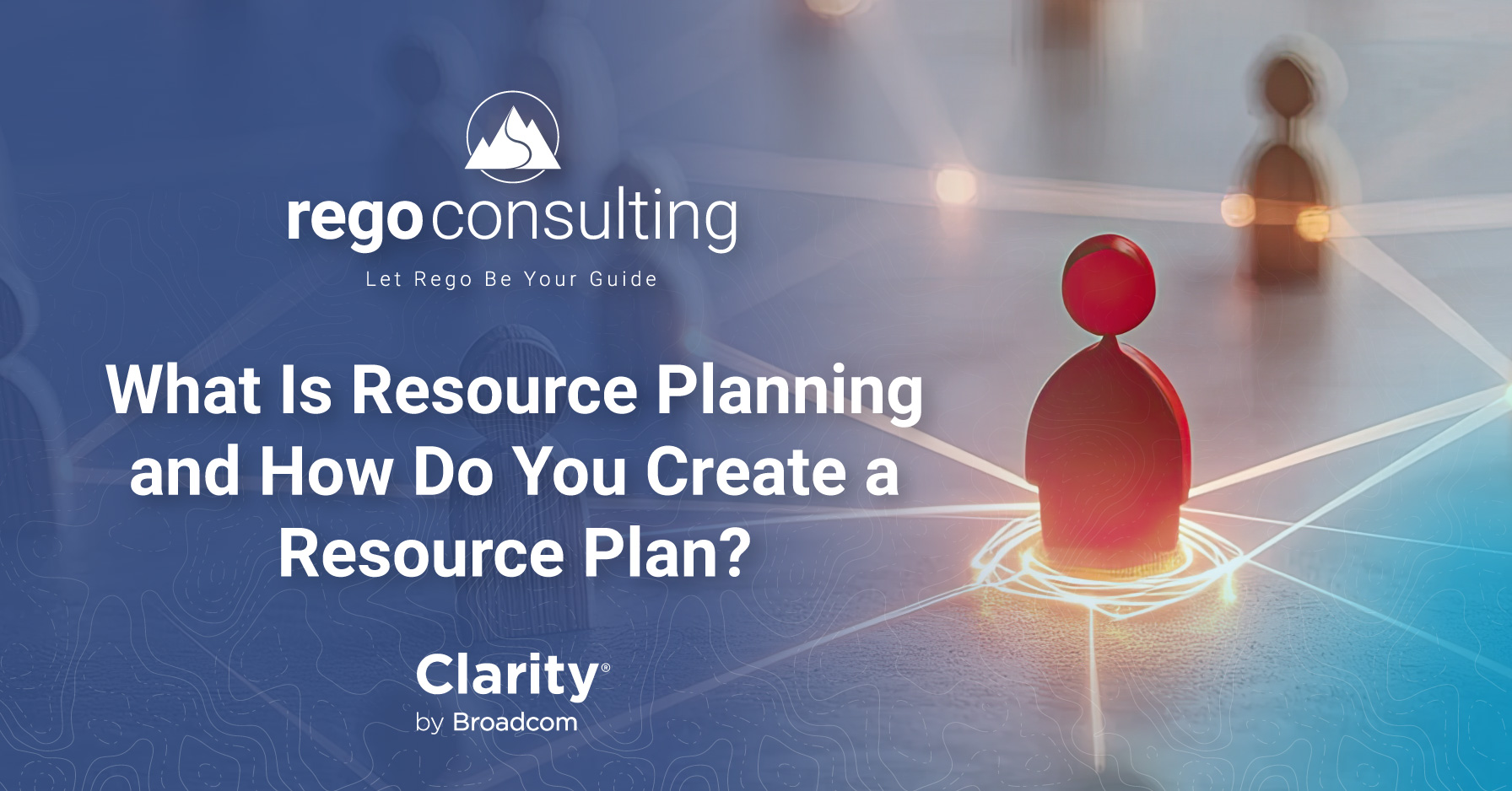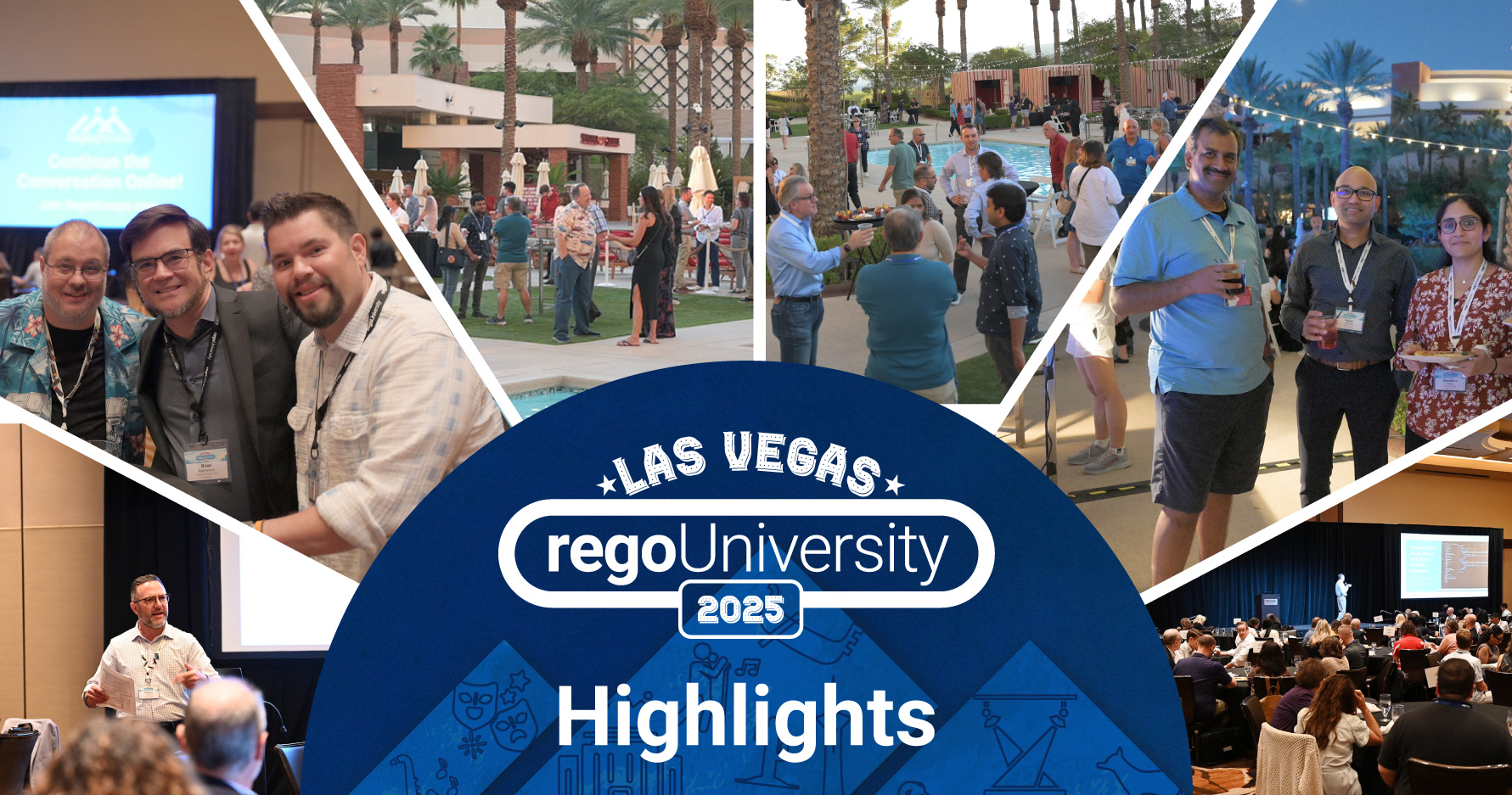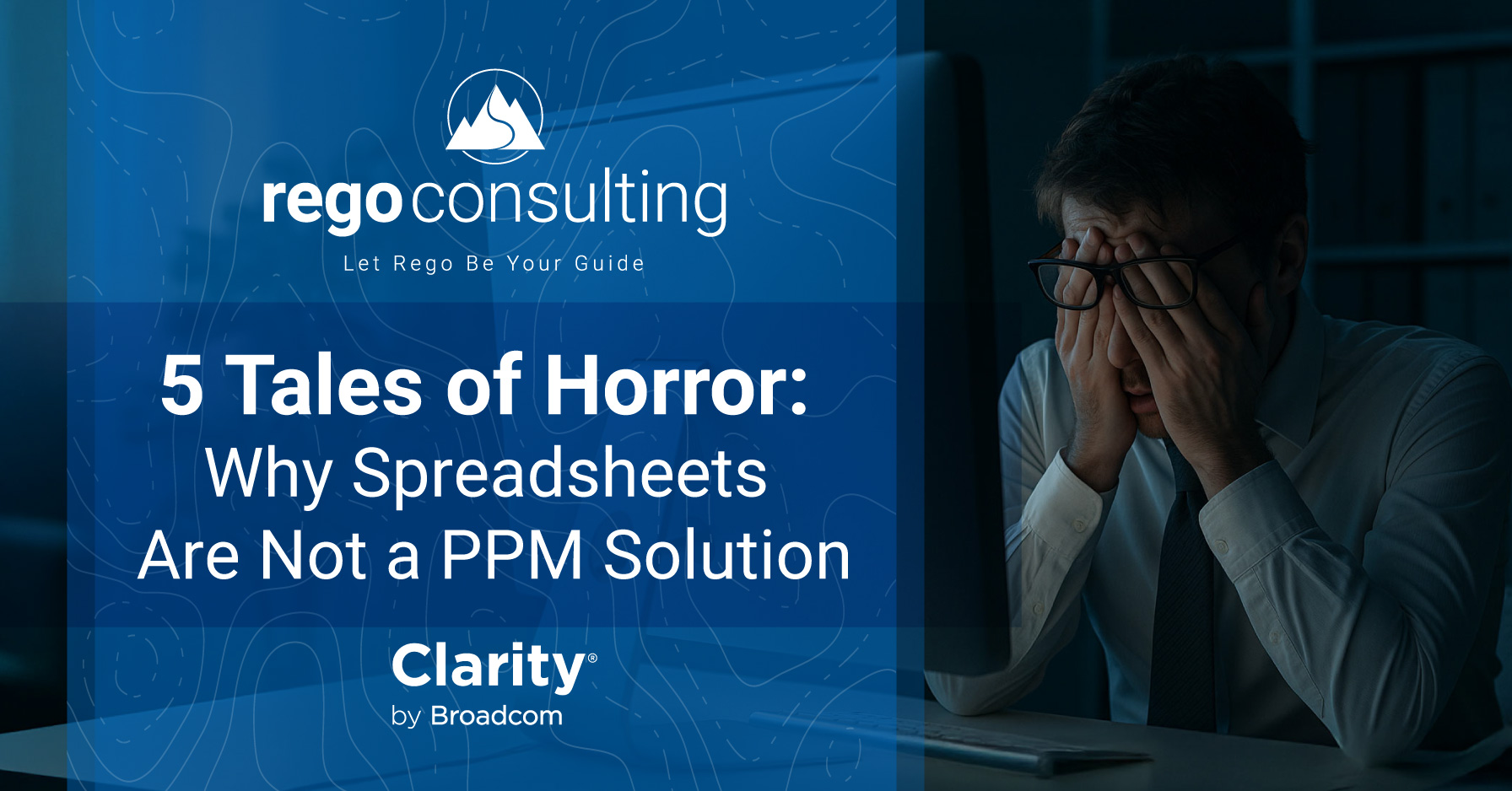
Did you catch last Friday’s Agile Master Class webinar, the first in our series covering Agile Financials, Roadmapping, and Resource Management in Clarity PPM? Today we’ll address the highlights from that webinar, so you can navigate Agile financial management with Clarity PPM.
The webinar is also available on-demand for your convenience. Be sure to check it out. Our incredible panelists from Broadcom’s Clarity PPM and Rally Software® product teams—Sonja Furneaux and Christopher Pola—had a great conversation with Rego Guide Rob Greca.
Business Agility is Everything
Did you know that in 1958, the average lifespan of a company in the S&P 500 was 61 years? Incredible, right? Especially when you take into consideration that now the average is only 18 years. What’s changed? The answer is, nearly everything.
Technology has transformed our lives and now it’s transforming business, too. Companies that can’t keep up with the shift will be left behind. As a result, the way we manage projects, resources, and financials must evolve.
Finances Can Be Tricky
Bringing Finance into a conversation about transforming stale management practices is a common pain point among companies who want to go Agile, but in our experience Finance is usually open to adopting new standards when they have clarification around what that means.
To implement real Agile, you have to be honest with yourself about what’s working for your business and what’s not. It helps to keep a sense of humor, too.
“It is not necessary to change. Survival is not mandatory.” – W. Edwards Deming

To facilitate productive conversations with Finance, Broadcom’s Clarity PPM and Rally Software® product teams generously supplied our audience with access to two of their favorite documents.
- A white paper by Donna Fitzgerald about how to understand four software capitalization perspectives: Financial, Accounting, the Modern PMO, and the Product Manager.
- A blog post by Catherine Connor discussing the Top 10 Pitfalls of Agile Capitalization, which starts with the expectation that technical team members know about capitalization. Hint: it’s not likely.
Senior leadership at your organization has to be on-board with the Agile mindset, along with your teams (who, by the way, are incredibly important to boosting compliance and meeting goals). It’s important that everyone remembers why you decided to get lean in the first place.
Rego has seen lots of companies who say they want to change but lack the commitment from all areas of business. We’re here to help you completely integrate Agile solutions like Rally Software® and have assisted 70% of Fortune 20 companies and 50% of Fortune 100 companies. You’re in good hands.
Annual vs. Continuous Planning
Annual planning is a time-consuming process that can take as long as six months—and by the time the plan is completed, it can be outdated. Yet, it’s often an entrenched fixture in Finance, making it hard for people to see the need to move to continuous planning. Continuous planning, as the name suggests, never stops. It’s a living plan that gets updated any time an external or internal event occurs.
The truth is that annual planning is an inferior solution to continuous planning because it fails to account for variables and changes that inevitably happen throughout the year. When you switch to Agile continuous planning, efforts are constantly being evaluated, and it results in a better quality product, on budget and on time.
Ask yourself, “Does my company cancel work? Do we commit time to research and pilots?” If not, you can be sure that you’re losing valuable opportunities to increase delivery speed and capital.
At Rego, we see a lot of companies try to preserve traditional ways of thinking by combining them with Agile philosophies. The comedic graphic below shows you a sample of the different kinds of Agile ideas people try to blend with traditional management styles.

Photo Credit: https://craigsmith.id.au/2015/12/03/yow-2015-40-agile-methods-in-40-minutes/
It’s critical to get your whole company, not just Finance, to see the value in a new Agile mindset, and getting there often requires a hybrid or bimodal progression. Every part of the enterprise needs to start asking the big questions:
- Why are we tracking this?
- What’s working, and what’s not?
- Is this something we really need to know?
With a receptive audience, you can make a better case for continuous planning and choosing to adopt a new way of doing things, where budgets go to the value stream/groups/teams as they can be fixed or do capacity planning at that level, and the ‘funding’ goes with the work, which is the scope.
People Over Processes
You probably know that part of the Agile Manifesto is, “individuals and interactions over processes and tools.” You’ve probably heard about “sprints,” or maybe you’ve even tried them out. We think a huge part of making Agile work is actually meeting with people. Bringing departments together for a conversation eliminates silos, wasted time, and confusion.
Animosity can arise from misunderstandings, causing divisions in your team and stunting your progress. Remember, no one is the bad guy here. Finance depends on information, and there’s a legitimate fear of missing out on that data by moving away from traditional accounting.
When you choose to pursue Agile, it’s critical that everyone knows why, and that you listen to their questions and concerns. Make sure people know that going Agile isn’t about dismantling every existing process at your company. It’s about transitioning to a more efficient, more effective way of doing things that reaps greater value.
That’s what leads to a rapid shift in business agility.
Using Agile in Clarity PPM
Using Clarity PPM in an Agile way is all about mindset. When you’re adding your budget and funding, what does the project reflect?
Clarity PPM 15.6 supports any investment type you want to define. Value streams are a new way of thinking about how you manage your departmental-level or resource grouping budgets. You can think about them as program and resource groupings to get a new perspective on your investments.
How organizations even think about departments and cost centers is shifting, moving from functional to product line and or line of business federated structures, basically mirroring recommended kidney bean structures of Agile. This progression is stressful for financial people still caught by financial systems in old structures with work and resource management shifting. Clarity PPM can be your friend in handling the translation in an automated fashion with new capabilities around teams and other capabilities.
For example, we often get questions about how shared resources should be allocated across the Agile Release Train (ART) in Clarity PPM. If you can, try to find a dynamic where systems and delivery teams are allocated to an ART or support multiple ARTs. You can get very creative with the way people are organized via shared teams.
For companies where time tracking is still a requirement, work on reducing the level of detail immediately and the ease of who current practice is being managed with while you figure out a way to transform this practice. The biggest issue here for individuals is that the time capture loses its correlation to what someone is working on, thus making that resource feel what they are doing is pointless.
There is definitely a point for time attestation for organization to the tune of millions of dollars to their bottom-line that requires a transition to changing this, not just a wholesale removal. But creating better alignment with the work, and/or working with your auditors to remove time capture is a process and requires the fundamentals of Agile – conversations and working together.
Some companies, like a major credit card provider we work with, have chosen to forego timesheets entirely. They manage actuals by calculating the team’s labor cost, the time period, and the percentage of story points or story count completed. Modifiers for administrative time or expense activities are included. Although this may not be possible in every situation, there are ways around relying on self-reported data, such as measuring output rather than hours.
Clarity’s entire purpose is to bridge the gap between executive-level concerns like vendor management, payroll, and financial system of record, and people on the ground, like your development and sales teams. It’s not just a financial management tool.
If you’re not using Clarity PPM for work and resource management, you’re not using the software to its potential. Because we know that Clarity PPM isn’t a small investment, it’s important that you get the most out of it.
Do Task Management Your Way in Clarity PPM
If you’re struggling to manage and support different methodologies, you can unite project methods with the RegoLink Wagile Board. This is a flexible, multi-dimensional Kanban-like experience for hybrid task management in Clarity PPM. The Wagile Board merges Agile and Waterfall features and offers functionality we don’t have in the Modern UX task board, like custom fields and dependencies.
- Create multiple boards for a single project
- Create new tasks and stories
- Configure card layout and views
- Templatize, streamline, and drag & drop
- See Parent Tasks and Dependencies (Epic > Story > Tasks)
- @mention your team in task card conversations
Like the enhanced Microsoft Project interface you may be familiar with from RegoLink, the Wagile Board is one of many Clarity PPM solutions created by RegoLink’s innovation team to increase user satisfaction. Watch a demo of the RegoLink Wagile Board here.
Integrating Agile Tools with Clarity PPM
Clarity PPM comes with an out-of-the-box integration to Rally Software®. And Rego also offers a Rally Software® integration for organizations who need expanded performance and control over custom attributes and mapping.
For those on Jira, we have a pre-built connector, though it’s widely acknowledged that when it comes to Jira, things get tricky beyond the Agile Team layer, whereas Rally Software® supports Scaled Agile capabilities.
Let us know if you could use assistance with end-to-end Rally Software® implementations, Agile Coaching, Agile Transformation, Agile Program Management, and Agile Workshops. Our 600+ referenceable customers include 50% of Fortune 100 and 70% of Fortune 20 companies.
What Can You Do to Become More Agile Today?
- Reduce Ineffective Reporting
Are people unmotivated? Where are the pain points? Challenge the status quo and ask yourself what information is really needed. Design and test something. Instead of falling back on what seems safe, become a problem-solver. And yes, that means you should stop reporting until you gather effective requirements that give you strategic insight. Rego can help you produce a tailored reporting roadmap. - Work with People
Everyone knows that people resist change. In order to gain greater compliance, meet them where they’re at. In an Agile mindset, the same underlying principles and motivations remain—we’re just switching from a traditional perspective. - Try Out Parallelism in Clarity PPM
You don’t have to stop tracking traditional metrics completely. If you want to run old reports alongside new ones until people see value, it’s worth it. Once they discover that Agile isn’t taking anything away, they’ll start to become comfortable. - Project and Portfolio Management is Not the Enemy
Don’t blame PPM. Your software solution should fully support business transformation. A solution like Rally Software® provides a wealth of information about your projects, processes, and resources that will drive agility and productivity. Our SAFe-certified expert guides are available to demo, train, implement, and integrate your Rally Software® solution.

Sonja Furneaux is a Senior Principal Consultant at CA Technologies. With more than 15 years of experience in the industry, as well as financial and integration knowledge, Sonja offers a unique perspective as an expert on practical work planning, management, and delivery.

Rob Greca is the Managing Director of Agile Services at Rego Consulting and has led and assisted various strategic and transformation initiatives at all scales. When he’s not leading enterprise-wide transformations, Rob likes to spend time with his wife, three kids, two dogs, two cats, and the kids he coaches in a club he founded: The Innovator’s Lab.

Christopher Pola is an Executive Advisor for Rally Software®, the Agile Management segment of Broadcom Enterprise Software. He is a strong advocate for adopting the principles of Product Development Flow and Beyond Budgeting and has launched successful pilot Agile programs in companies worldwide.
Learn from Rego
We’ve helped more than 400,000 users get up to speed on mastering financials, resources, roadmaps, and more in Clarity PPM. Our 200 expert guides have served an average of 15 years at top PMOs and offer brilliant coaching. Get in touch with us.
Part 2 of our Agile Master Class is available on demand. This course covers practical approaches to Roadmaps.

